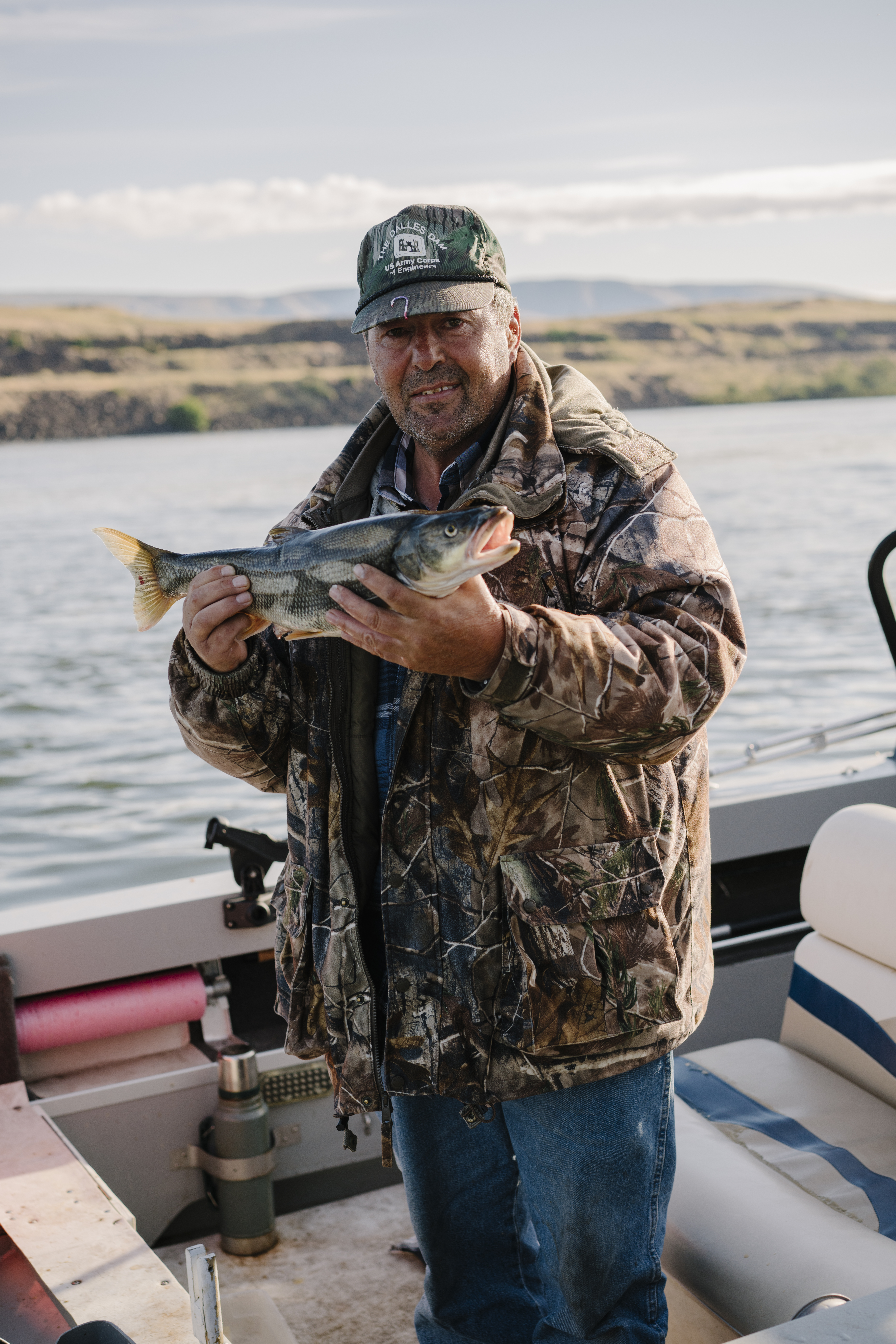Search
Latest Articles
Northern Pikeminnow Program 2018
by Eric Winther, May 07, 2018
The Northern Pikeminnow Sport-Reward Fishery begins it’s 28th season on May 1st. The “Pikeminnow Program” (as it is commonly referred to) pays recreational anglers to harvest Northern Pikeminnow from the Columbia and Snake rivers during their annual May-September season. Northern Pikeminnow are the primary predator of juvenile salmonids in this area and the Bonneville Power Administration funds this program as partial mitigation for construction of the Federal hydropower system. The Pikeminnow Program pays angler $5 to $8 for each Northern Pikeminnow >9” total length that is caught from within program boundaries. Anglers are paid $5 each for the first 25 fish that they turn in, $6 for each fish from #26 to #200, and $8 per fish for each fish over 200. In addition, specially tagged Northern Pikeminnow are worth $500 each. Last year, Pikeminnow anglers harvested more than 191,000 fish worth more than $1.5 million dollars. The top angler caught more than 10,000 fish during the 5-month season and earned in excess of $83K!
To participate, anglers must register each day at one of the 19 Pikeminnow registration stations located throughout the Columbia and Snake river program area. Fish must be kept alive or in fresh condition and are typically turned in the following day. A pay voucher is given to the angler for the number of qualifying Northern Pikeminnow that they turned in for that day. Anglers then mail their vouchers to the Pacific States Marine Fisheries Commission for payment, and a check is sent back to them within 10-14 days. Reward levels automatically adjust once an angler reaches the next tier level, whether it takes a few days, a month, or multiple months. Also, since anglers earning more than $600 have a Federal 1099 form generated and sent to the IRS, it may be best to save all your fishing receipts for tax purposes. Full program rules and regulations are available at the Pikeminnow website at: PikeMinnow.org
As for catching Northern Pikeminnow, there are a few things to know. First of all, the hardest thing about catching Northern Pikeminnow is finding them consistently. These fish move around a lot to find food, to get out of strong current, for spawning season, or in response to tides or changes in river level. Northern Pikeminnow are an ambush predator. Look for current seams, drop offs, boulders, pilings, and rocky outcroppings as areas where Pikeminnow can lie in wait for their favorite food-salmon smolts. When they are present, Pikeminnow readily take a lot of baits or lures. Fresh chicken liver is the most popular bait for NorthernPikeminnow over the past 27 years that the program has been operating. Fresh, uncured salmon eggs and the fresh hearts, livers and blood lines from salmon and steelhead are also excellent Pikeminnow baits. Fish them on a size 4 hook with an 18-24” leader of 8# mono and use a sliding sinker set up with a 3-6” dropper line and the lightest weight you can hold bottom with. If you find a likely looking spot and fish it with a few different baits for 20-30 minutes without any bites or without catching Northern Pikeminnow, it is best to go find another spot. Many Pikeminnow anglers approach their angling day like a hunter would plan for a day of hunting. For example, I plan to go to point “A” first thing, if that doesn’t work, I’m going to point “B” next, and if that doesn’t work, I’m going to point “C”, etc.
Other things to know are that the best catch rates of the season to fish the program varies by area. For example, the area around the mouth of the Yakima River is usually best in May and June, while the area around Boyer Park is usually better later in the year. Weekly catch total by station are posted on our website or you can stop by one of our registrations and get the latest scoop from one of our technicians. You may also request an information packet from our Pikeminnow Hotline at 1-800-858-9015.
Good luck Fishing!
